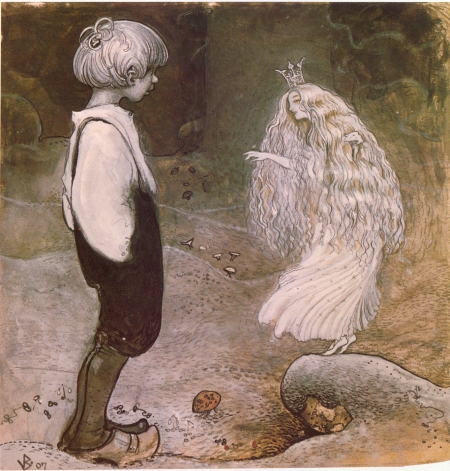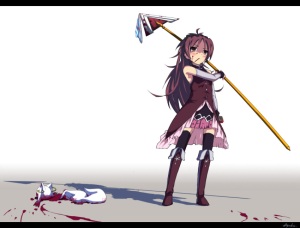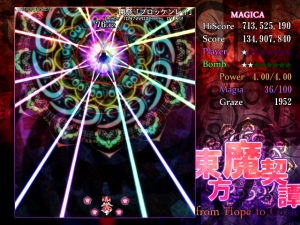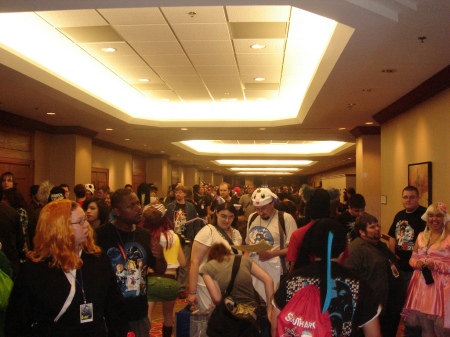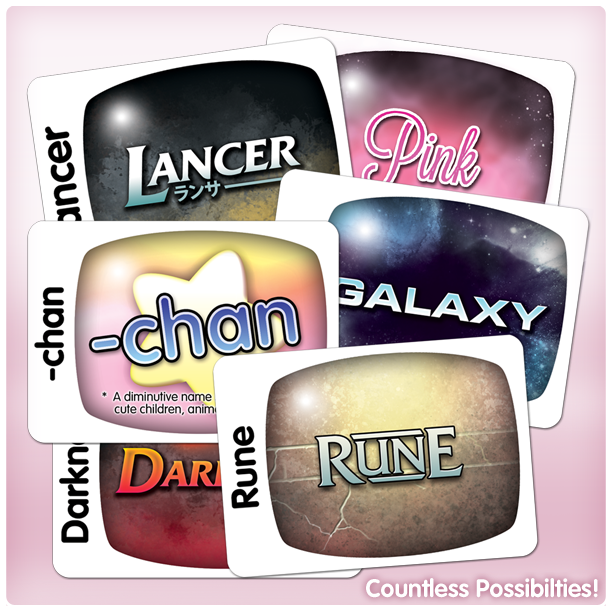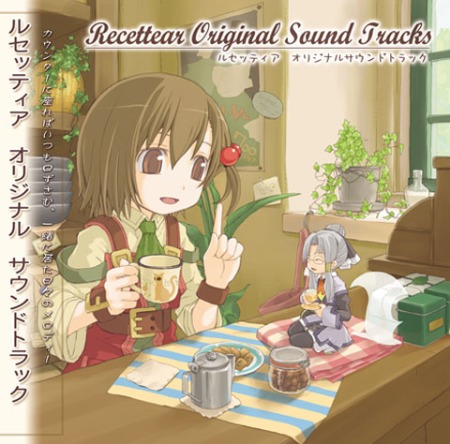A while ago I tried out the (now defunct) premium podcast service Howl.fm, which is how I discovered the podcast Hello From the Magic Tavern. HFTMT is about a guy named Arnie who fell through a magical portal behind a Burger King in Chicago, and found himself in the magical land of Foon. Since he was still getting a shaky wifi signal through the portal, he roped his new friends Usidore the wizard and Chunt the shapeshifter into doing a weekly podcast. Although Arnie Niekamp plays an exaggerated version of himself, the podcast is of course fiction. Specifically, it’s what has become very long-form improv, going continuously since 2015. Each week Arnie, Chunt, and Usidore have a guest, some inhabitant of Foon, whether a quirky human, a fantastical creature, or something in between. It’s not the only narrative improv comedy podcast, but it’s one of the most successful and long-running, having run for more than eight years and gone through a shift to Patreon.

Naturally I had the idea to design a role-playing game along the same general lines as HFTMT. It’s been an interesting challenge, because the premise naturally leads to the game being more of an improv exercise with some light TTRPG elements. I’m hardly an expert on improv, and some RPG people really struggle with moving away from immersive RP into an improv mode where they’re helping shape the story on the fly. Improv is also just more intense to do per unit of time, which is why the text recommends starting off with half-hour episodes with a break in the middle.
A lot of the important changes I’ve made because of playtesting have been more in refining and clarifying procedures and guidance. For example, in podcasts there’s normally an introductory section before the hosts introduce the guests, and it helped to add a bit saying “A polite Guest character should wait for the regular hosts to bring them into the podcast in Part 1, though not all guests are polite.”
Since the game is meant to imitate an audio medium, it takes a little adjustment purely for that. I included some hand signals for indicating certain things (voicing an NPC, pausing the game, making a sound effect), plus players need to get into the habit of only speaking in-character, and not narrating what they’re doing (unless the character is narrating). You don’t have to be super-strict about that, but it helps get you into the proper headspace.
PFAW has a set of archetypes for characters. By default you have the Human and a Guest, and if you have more than two players, you can pick from the other archetypes. The Wizard and Talking Animal give the game approximations of Usidore and Chunt, while the Adventurer, Demon, and Weird Monster fill in some other fantasy tropes. The Atomic Ranger meanwhile is a sci-fi weirdo from a shiny alternate future who wound up in the fantasy world due to the business with portals. The canonical setting of PFAW is the town of Portaly, noted for being lousy with unstable portals, hence it can have weirdos from other genres along with the fantasy stuff.
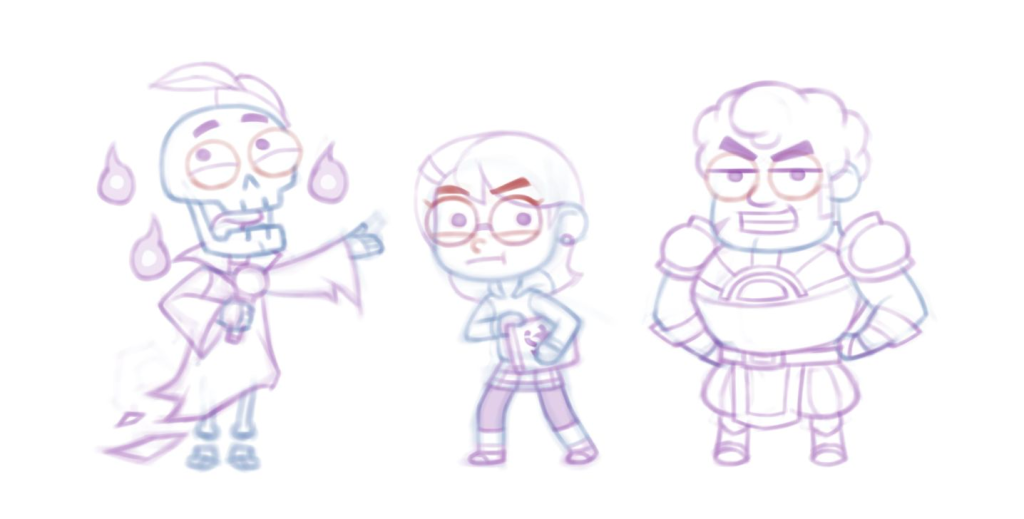
The Guest is a particularly flexible archetype, with a couple dozen examples of answers to the question “What manner of being are you?”, from adventurers to monsters to outworlders.
The bulk of a PFAW archetype is a set of checkboxes and blanks to develop the character (my favorite being the Guest has the question “Are you evil?” with the answers being Yes, No, and Eh), and the only mechanics are a set of “Power Moves,” which are essentially things that are distinct for the character albeit with a potential to annoy or challenge the other players. Each player gets 3 “Power Points” to use on Power Moves, so for example the Wizard can use magic to fix a problem (rather than creating problems or messing around), and the Talking Animal can pester another player for a list of 5 things related to something they were talking about. I’ve had the idea to include some way to gain Power Points during play, but I haven’t been able to work out a good way to do it, plus I’m not entirely sure it’s necessary. How much players actually use Power Moves has varied a lot so far, and it seems to depend a lot on how eventful the interview gets, whether they decide to wield strange powers or mess around with NPCs.
Although PFAW is turning out to be really good for quick one-shots, the source material has naturally led to adding stuff for longer campaigns, since podcasts are after all normally serialized. The major thing there is the “Developments” rules, where you have a table with checkboxes and ideas for happenings around town and in the world, often with blanks where you can fill in the name of a character. There are also “Threat Developments,” which come as a set of d6 tables in five “phases,” and guide you through the eventual defeat of the Dark Lord (or whatever it is that at the start of the game is distantly threatening the land).
I also included an appendix on “Segments,” to make it easier to integrate things like listener questions, reviews, etc., each with a d66 table to roll on for ideas. I drew on podcasts like The Gargle and My Brother My Brother and Me for these, and it was a lot of fun to take these concepts and give them a fantasy spin.
One kind of interesting thing I came up with is an optional Producer archetype. My inspiration for it was the roles that the producers of The Bugle (Chris) and What a Time to Be Alive (Shelby) play, where they only occasionally chime in (and Shelby of WATTBA now only chimes in with the sound board and text-to-speech). That makes it pretty much an ideal way for a facilitator to be a part of the game while letting other players take the spotlight, especially for convention games.
When I design games based on a given piece of media, I inevitably look for other titles in the same general vein. Unless you count the premium spinoffs they’ve done, I haven’t found any narrative improv comedy podcasts set in a conventional fantasy world, but there are shows like Good Morning From Hell (set in hell), Dispatches From the Multiverse (where a guy who invented a dimensional portal visits various parallel universes), and Mega (a somewhat more grounded podcast set at a fictional megachurch). That made me realize that with PFAW I’ve created something easy to reskin for other settings. I already have a first draft of “Hellcast,” where you play a damned podcaster, his demonic cohost, and guests who are either damned souls or various demons. It was a lot of fun to write, though of course threading the needle of doing a game set in hell without making it unpleasant to experience was a challenge.
I quickly ended up with a long list of other possible settings for PFAW:
- Red vs. Blue-inspired
- Star Trek-inspired
- Modern supernatural slackers (inspired by Less is Morgue)
- Kagegami High
- Superheroes
- Time travel
- Post-apocalyptic
- Planescape-inspired
There are all sorts of possibilities, and I’d like to eventually do a series of supplements or maybe a Kickstarter so I can rope people into doing settings as stretch goals. Regardless, the game has been a lot of fun in playtesting, and I’m looking forward to getting it out into the world once it’s ready.
